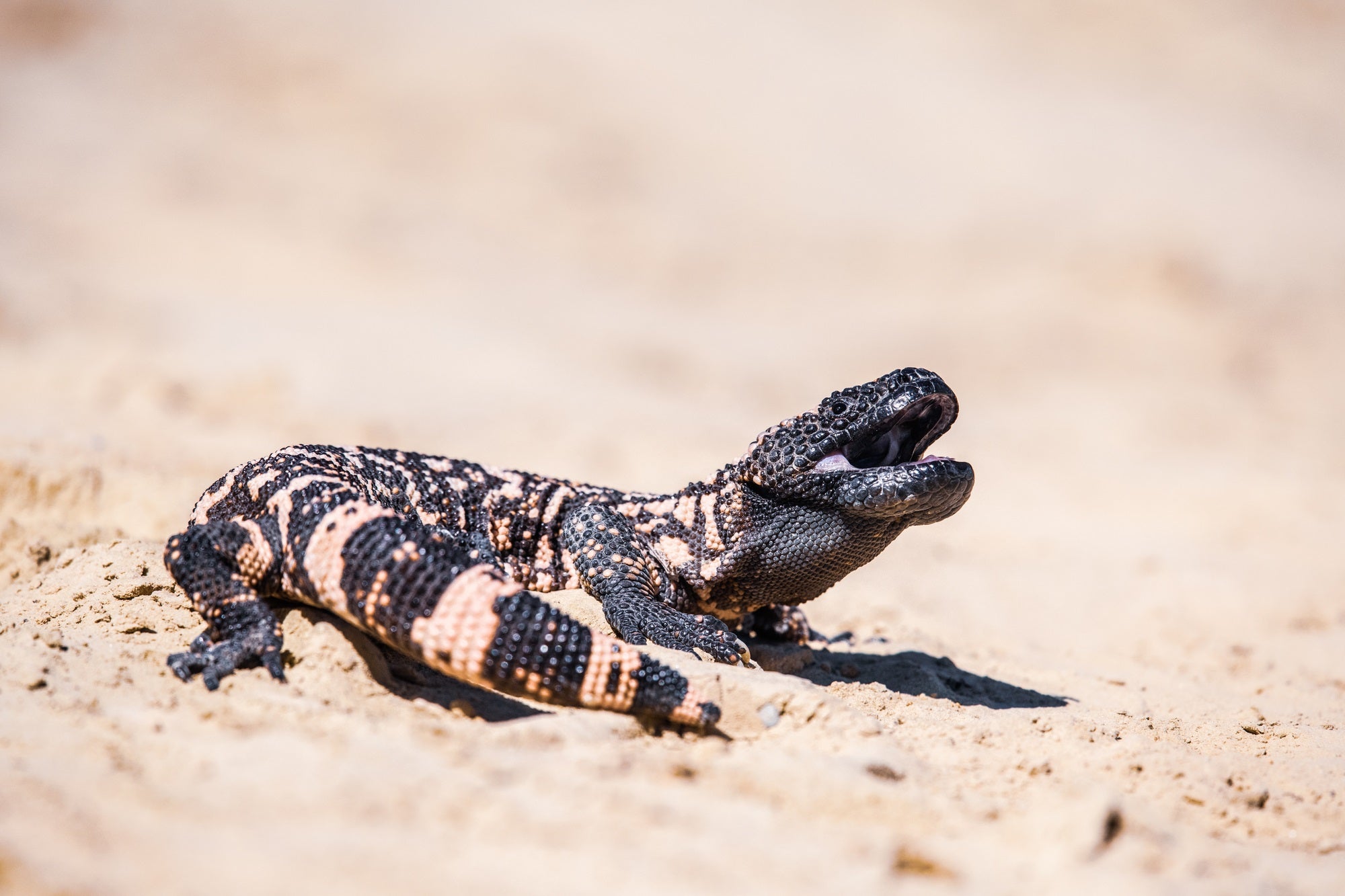When it comes to dragons, the human imagination has been stuck in one gear for centuries. Whether it be the Loong dragon of Chinese astrology, the Fafnir of Viking legend, J. R. R. Tolkien’s Smaug, or Westeros’s “fire-made flesh,” the formula of flight, ferocity, and volcanic breath hardly changes. Which leads us to ask, are these storytellers onto something?
The new HBO drama House of the Dragon gave us an excuse to bug some reptile and dinosaur experts, and have them share their scientific interpretations of these magical hellfire beasts.
Riley Black, paleontology writer for PopSci and many others
The House of the Dragon reptiles look pretty ho-hum to me. They are your standard Western dragon we’re all pretty familiar with, pretty much all the same form and likely the same species, and are only about as different from each other as two Komodo dragons. In a show boasting 17 dragons, I would have loved to see some of the many other forms dragons have taken in mythology and folklore, whether that be a many-headed hydra, a legless wyrm, or an Eastern dragon, similar to the Chinese dragons with antlers and fish fins.
In Game of Thrones, Reign of Fire, and Dragonheart, the obvious dragon characteristics include a giant size, leathery wings, and the ability to breathe fire. Some of these traits are more plausible than others. Giant reptiles have soared over the skies, so large that they could travel between continents. Quetzalcoatlus was a pterosaur with a wingspan about 33 feet across. That’s pretty impressive, especially when you consider that this flier was the same stature as a giraffe on the ground. It also flew on wings made up of a resilient membrane stretched out on an extraordinarily-elongated fourth finger, so that’s getting pretty close to traditional dragon territory. Of course, Quetzalcoatlus was pretty light for its size—in the neighborhood of 200 pounds—meaning that those House of the Dragon stars look a little too massive to be airborne. Pterosaur bones are paper thin and were likely much more fragile creatures than the burly dragons on our televisions.
Fire is a trickier one. We know that some insects can spurt chemicals that combine to burn attackers, like the bombardier beetle does. That might be an evolutionary route that a proto-dragon could take, combining chemicals in the body to create something that burns even if it’s not technically fire. Many snakes and lizards produce venom, after all, and it makes me wonder if there might be a pathway where venom could become more corrosive or take on a different character—with appropriate adaptations in the mouth and throat to not burn or harm the reptile itself. But, no surprise here, spitting actual fire is entirely fantasy and there just isn’t a biological pathway such death breath could evolve.
If the House of the Dragon CGI designers are looking for inspiration, though, the fossil record offers plenty of options. Mosasaurs, for example, were about as close as we’re ever going to get to “sea dragons.” These marine reptiles were related to monitor lizards; some of them grew to lengths of 50 feet or more, and had tail flukes and streamlined scales. They gobbled up fish, crunched through ammonite shells, and even ate each other during the Cretaceous Period (more than 66 million years ago). The Spinosaurus—with a sail along its back, crocodile-like snout, and paddle tail—and Deinocheirus—a huge herbivore with giant arms tipped in large claws, a hump on its back, and a duck-like face—look akin to a dragon, too.
I’m just glad that the House of the Dragon reptiles are technically wyverns in that they have two hind legs and arms as wings, rather than having four legs and an additional pair of wings. The second interpretation would technically be a hexapod, and would require some kind of gene duplication event—as happened with our own fishy ancestors—to create another pair of appendages that could be modified into wings, which no vertebrate has done. As fanciful as they are, the Targaryen dragons make a touch more evolutionary sense, even if they are too large and belch fire.
Earyn McGee, herpetologist and founder of #FindThatLizard
Dragons would look really similar to lizards—we have many that already get the dragon name. But they would serve in the role of larger reptiles and predators like Komodo dragons and Nile monitors, and perform those functions in an ecosystem. A smaller dragon would potentially be semi-aquatic. When water is available, it would swim and hunt native fishes. But when the water dries up, it would go into a more terrestrial state. I could easily see them undulat

